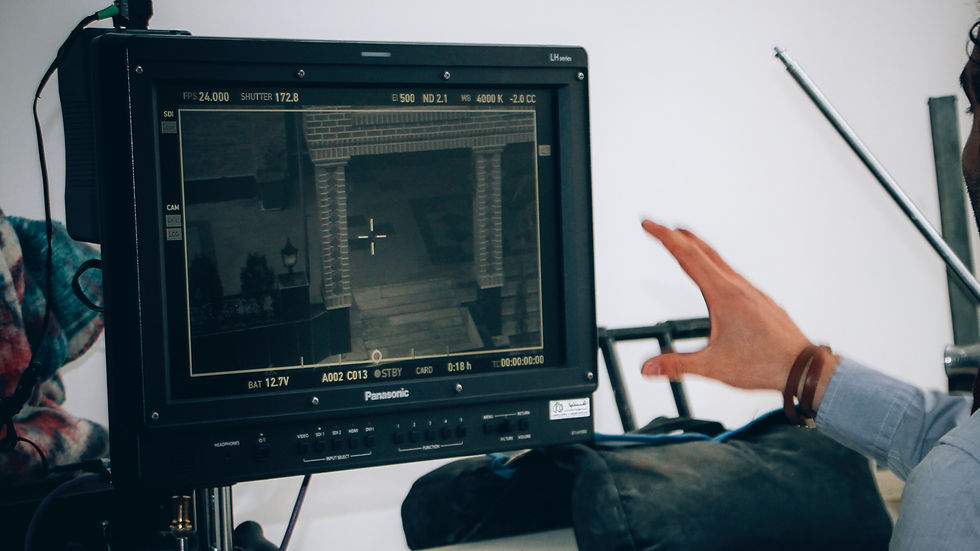Soapy real, suds and all!
- Xing Chen
- Mar 8, 2021
- 3 min read
What rules the airwaves of old gets even more real in today’s screens – they get better!
Soap Opera? It will be telling of your age if you know of it, or if you know a little about it, or if you’re totally clueless of it.
Soap opera is something of yester year. It may have seen its time but it still lives on in essence.
The first time I heard about soap operas was when my lecturer taught the evolution of broadcast media.

Photo by Sam Moqadam on Unsplash
Yes, the history of soap operas can be traced back to 1930s, when drama ruled the airwaves during the day time. The ardent following by homemakers with radios as their daytime companion made the daily drama series just the opportunistic channel for household products manufacturers.
One of the largest soap manufacturers, Procter & Gambler, saw the advertising opportunities and became the first major advertisers to sponsor one of these daytime dramas with its laundry detergent. It didn’t take very long for other soap and household products manufacturers to follow suit. Eventually, the radio stations started calling these shows “soap operas”.

Photo by Fringer Cat on Unsplash
Soap operas transitioned from radio to TV and became fertile ground for script writers to weave together relatable domestic situations with huge doses of melodrama. They became so arresting for the audience to drop everything else to be glued to the TV at the very specific time that free-to-air TV screen these soap operas (different from current time of online streaming).
Just for those who didn’t grow up in the soap opera era, the major difference from soap opera to current day TV dramas is said to be that a major incident in a soap opera could drag on for weeks when it would be done and dusted in one episode of current drama series!
That accounts for Hong Kong’s king of soap opera, A Kindred Spirit, to run for an astounding 1,128 episodes from 1995 to 1999, just revolving around the family operating a barbecue pork restaurant in Happy Valley.
While draggy soap opera-like unfolding may not the norm, today’s soap operas that have evolved tend to be faster paced but the melodrama remains – the sensationalism of emotional relationship, unrequited love, family feuds, cat fights etc. The list of such that draw the emotional involvement of the audience goes on…
One of the modern soap operas that comes to mind is Dynasty (2017) that was screened by Netflix. It’s a remake of popular Dynasty of the 1980s and like its predecessor, it revolved around the daily lives of two wealthiest families, the Carringtons and Colbys; their fights for control of family fortunes; and the complicated relationship of their children prone to plot against each other.
While soap operas have undergone make-overs in line with contemporary times, its make-up remains – the soul is its simple, straightforward storylines based on family situations.
Not thought-provoking and bordering on being cheesy or unrealistic, its melodrama of relationships specifically appeal to its largely female following.
It is human nature to want to know the drama of other people’s lives, be it the fabulous lifestyle or the suffering relationships. Soap operas based on the lives of wealthy families or those that feature characters from royal families, like Crown, can be as popular as the trial and tribulations of the family that operates a barbecue pork restaurant as in A Kindred Spirit.
Spice it up with cat fights, step and blended family conflicts, family business succession etc, soap operas of old live on. It is no wonder that the addiction that soap opera commanded is still prevalent today with the ever popular following of K-dramas (Korean dramas) and China, Hong Kong and Taiwan TV dramas.

Photo by freestocks on Unsplash
What more? They are getting more real!
References:

Comments